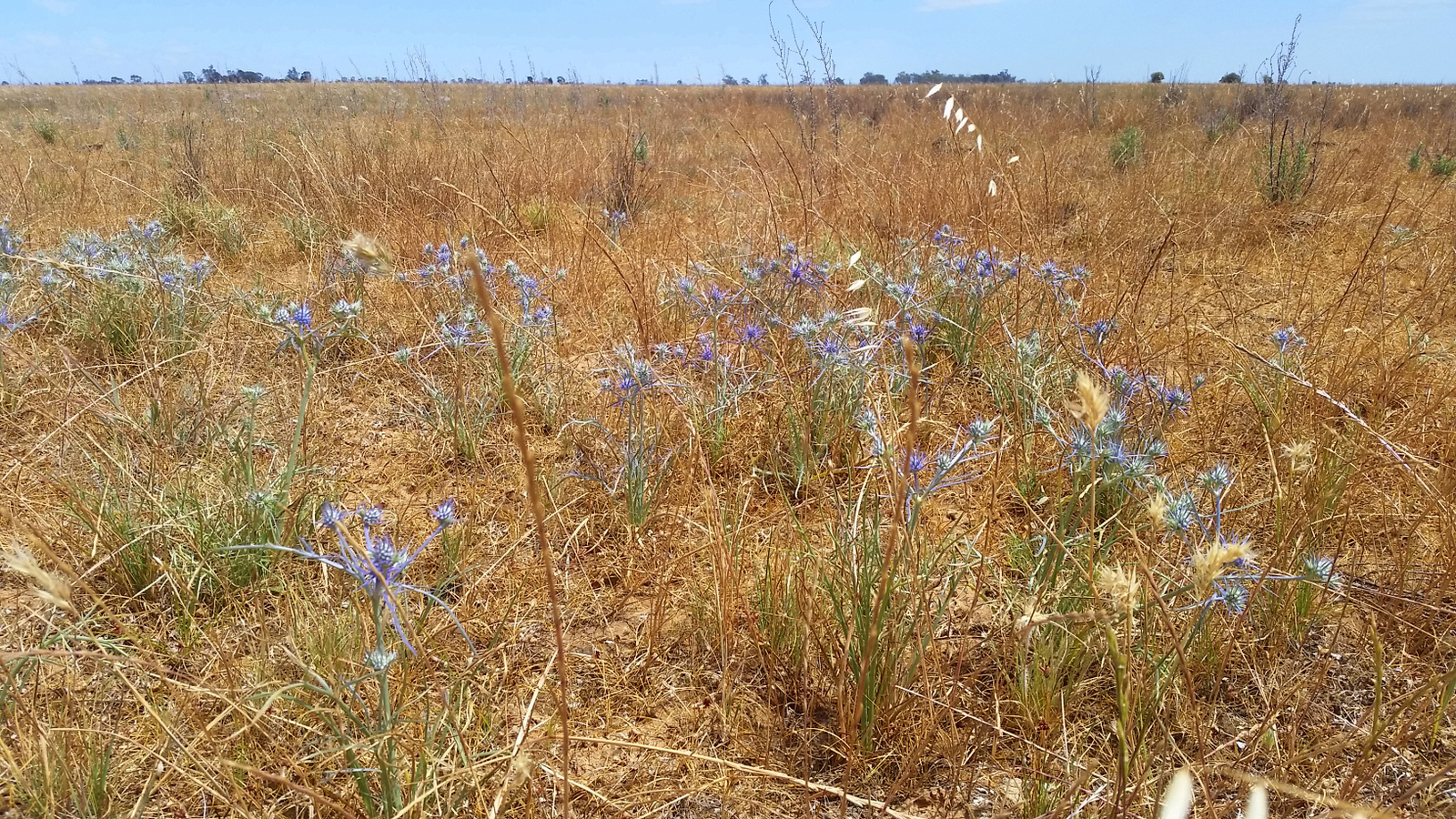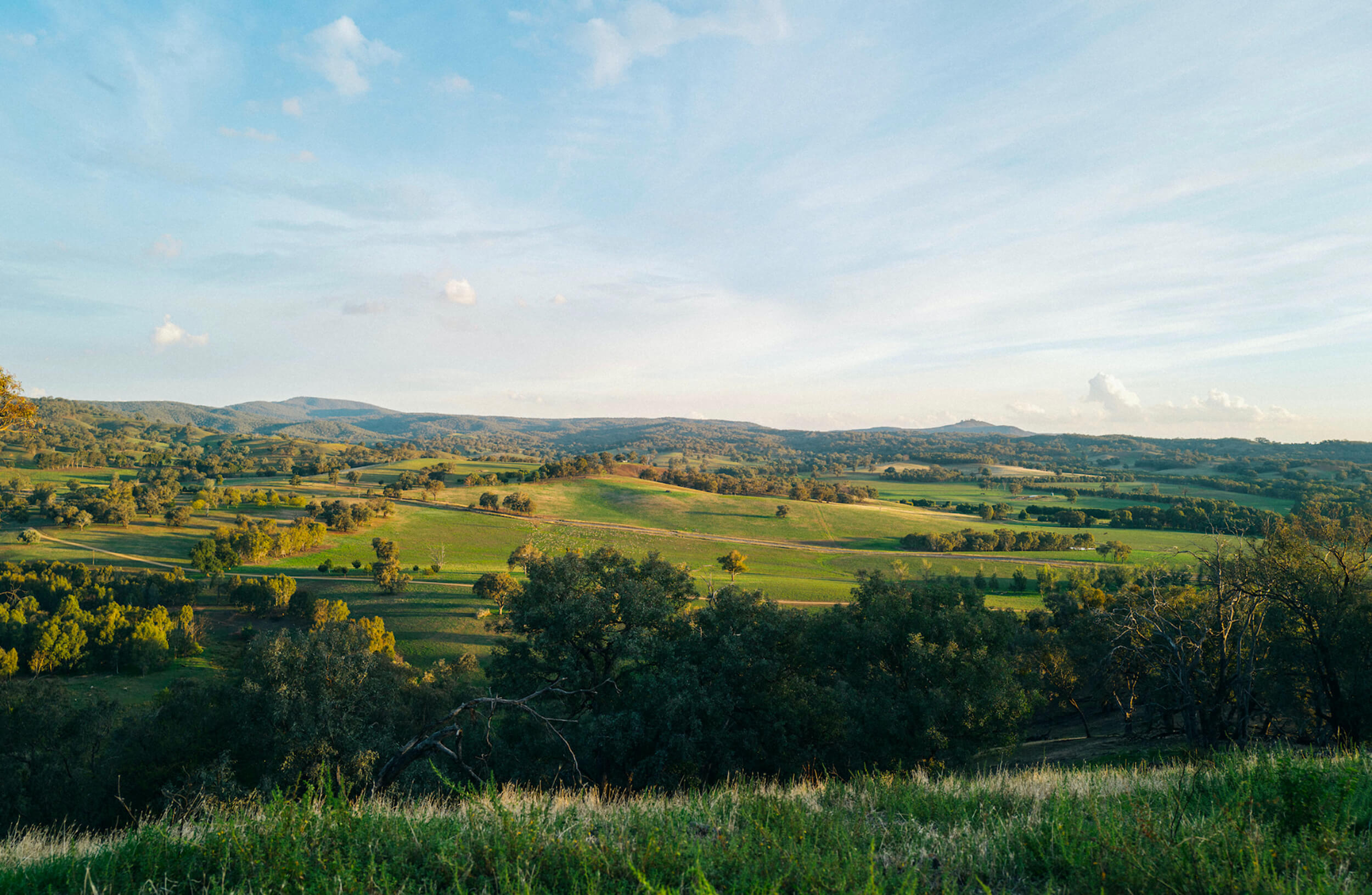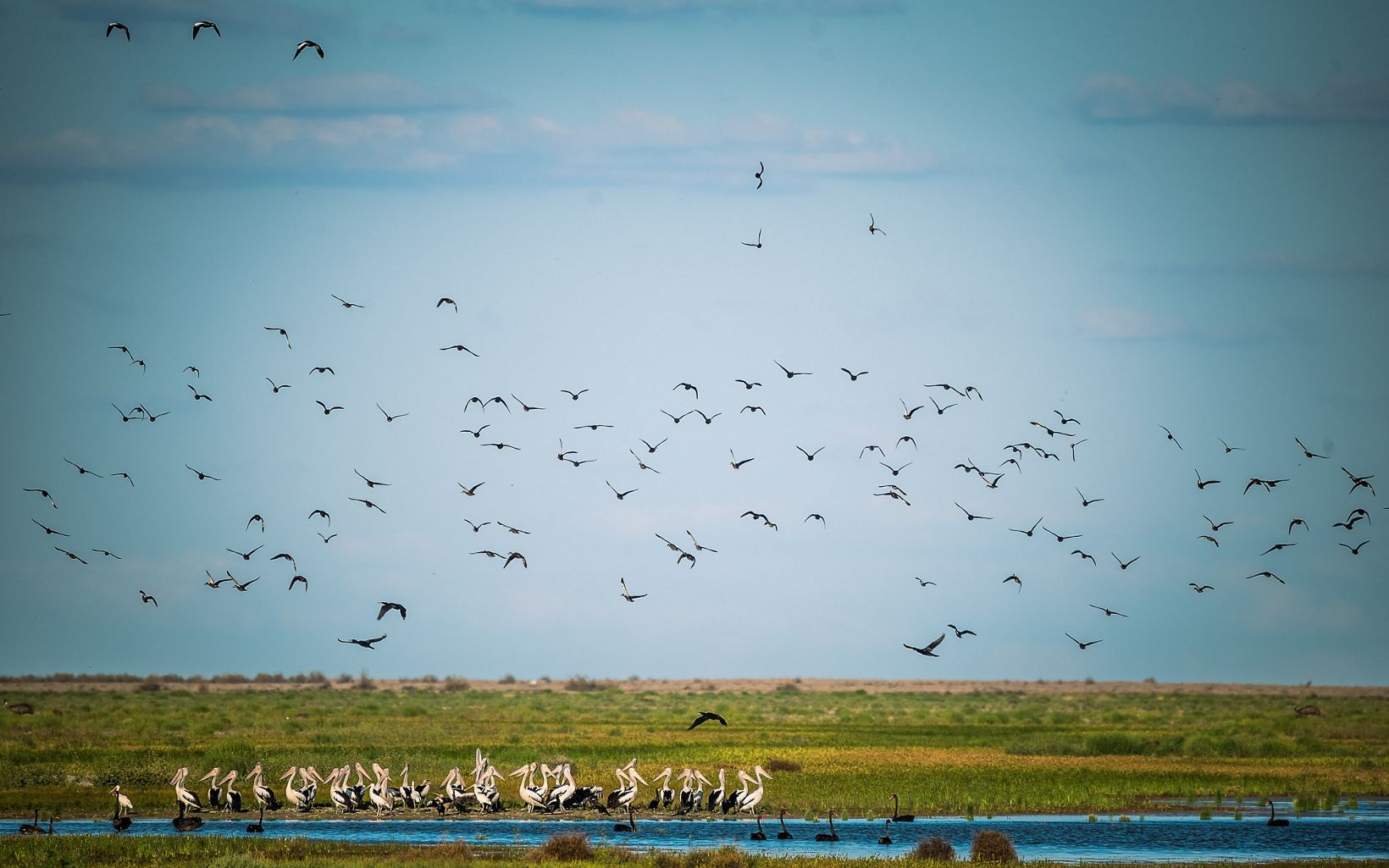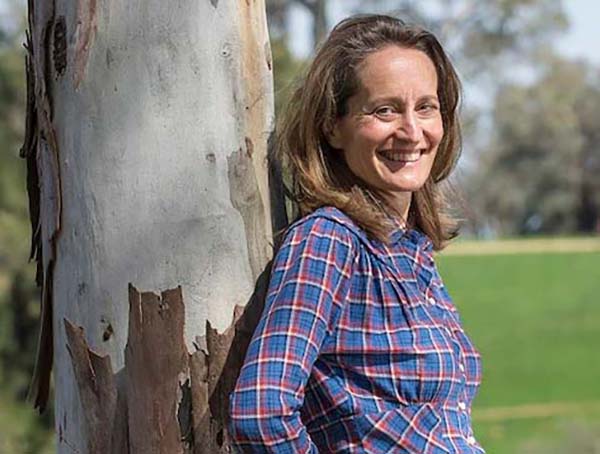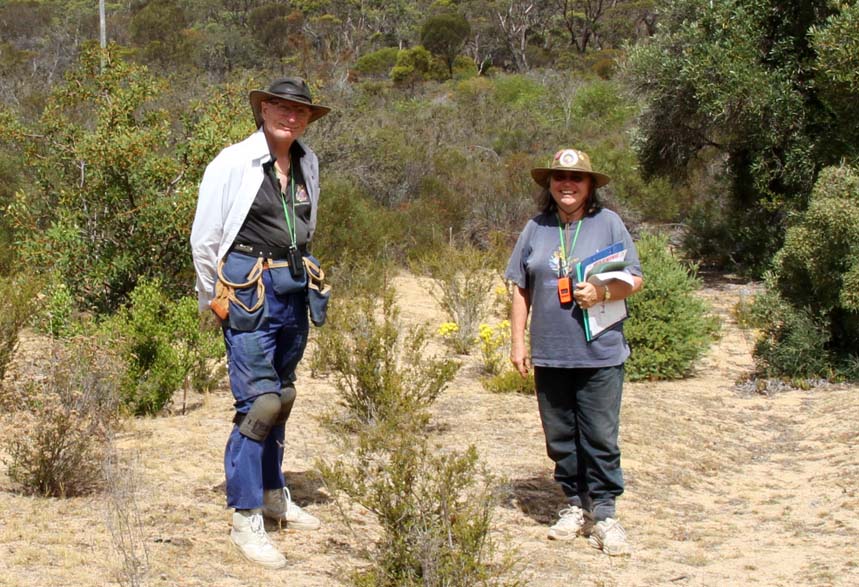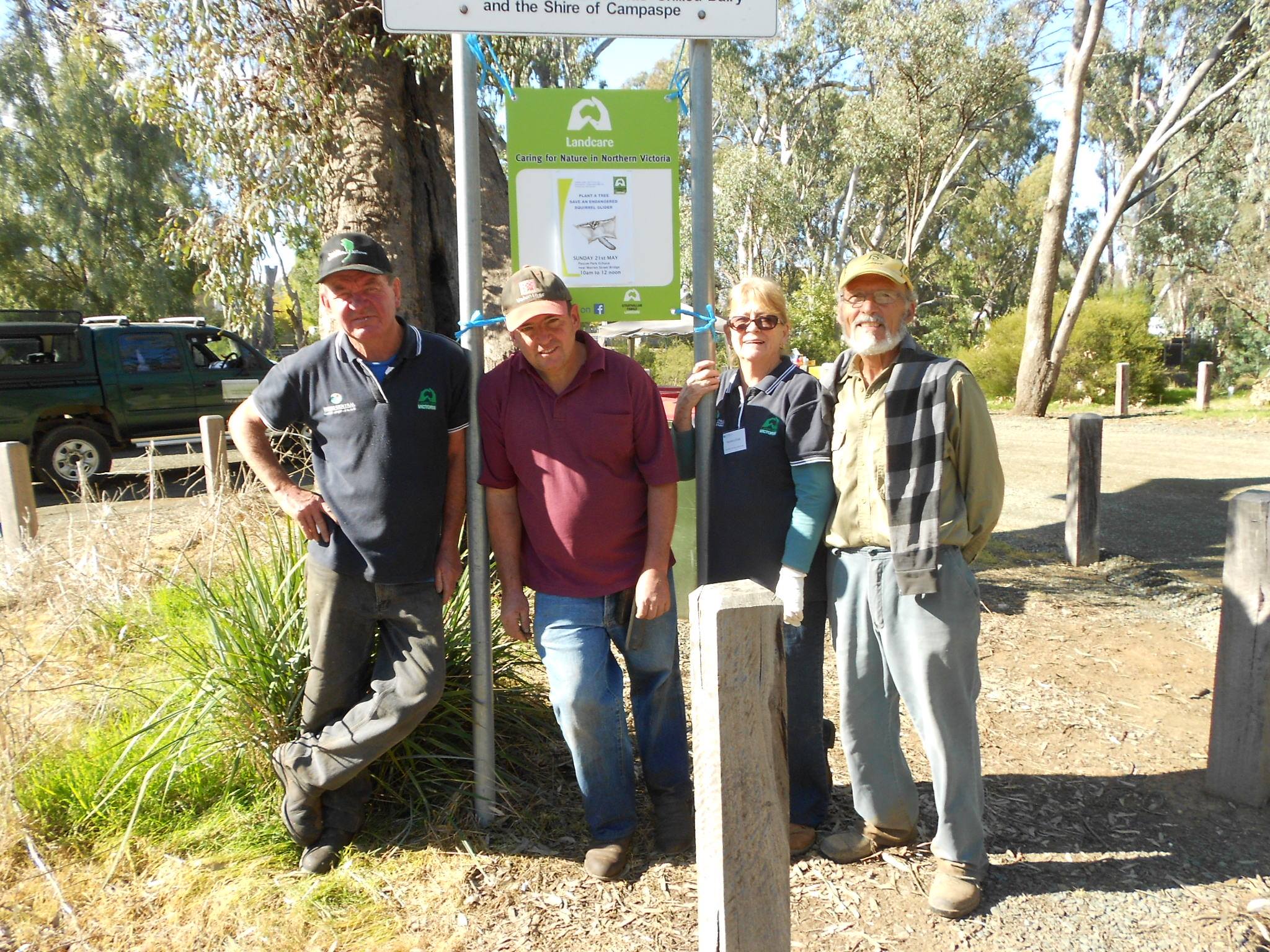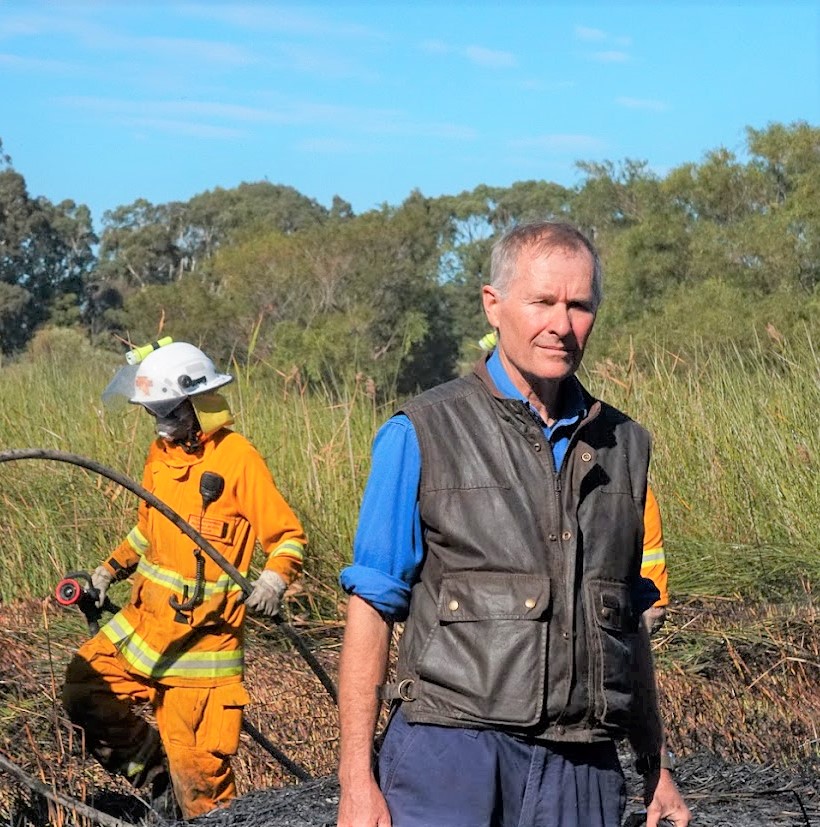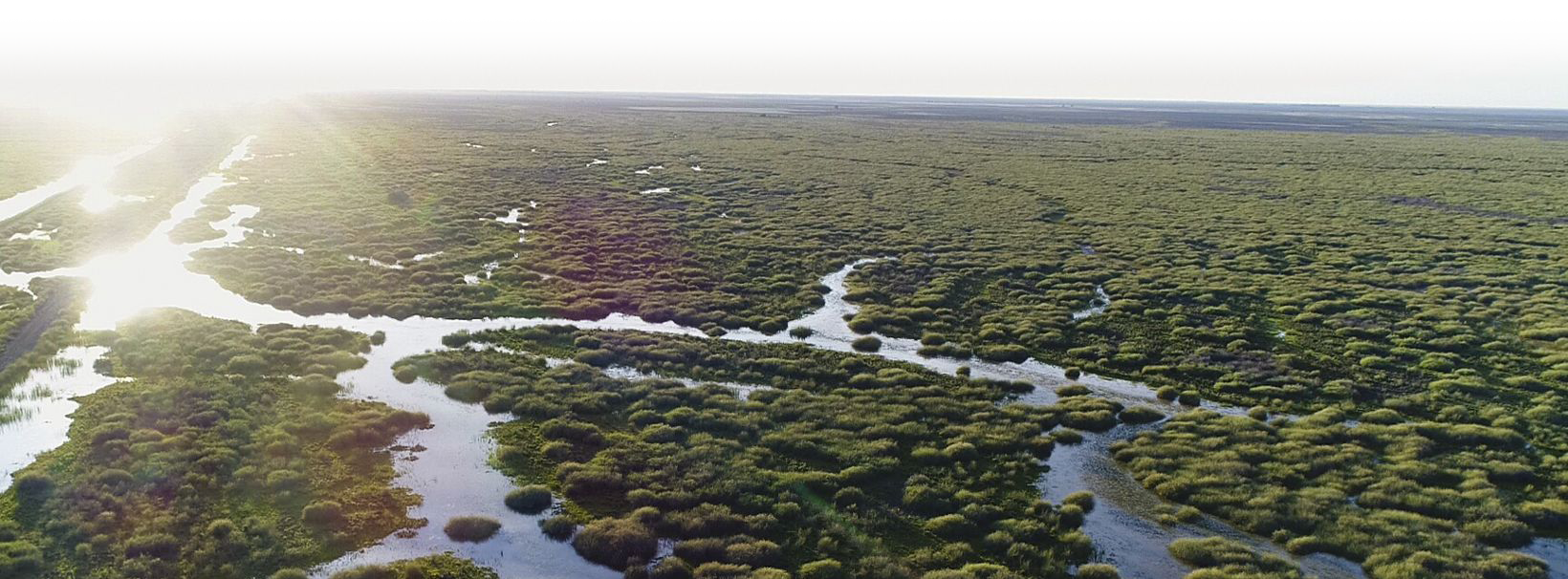With greater government investment and support, we can build on the practical hard work of thousands of passionate and dedicated people who have a direct connection to their land and want to ensure its protection by growing the network of landholders protecting and managing land for conservation. Together we can increase the amount of land that is voluntarily permanently protected.
Government investing in voluntary permanent protection enables these landholders to diversify their income, fosters practical land management, creates local employment and support the long-term productivity and resilience of Australia’s thriving rural landscapes.
It’s time for Australia to invest in a legacy that we can all be proud of.


